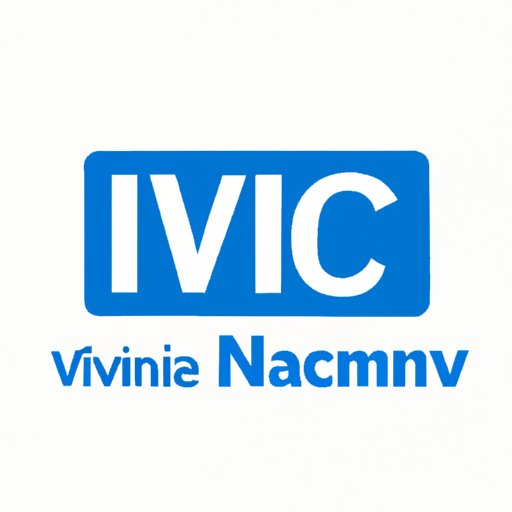
Introduction
Are you looking for a way to remotely access your computer or server? Then you’ve likely come across Virtual Network Computing, or VNC. This popular software provides a way to control a computer remotely from another device. However, one of the most common questions about VNC is: Is it free?
In this article, we’ll explore whether or not VNC is free and all the factors to take into consideration when selecting the best VNC version for your particular needs. We’ll also provide steps on how to set up and optimize VNC and delve into the history and motivations behind VNC’s free options.
Is VNC Free?
There are several versions of VNC available, including RealVNC, TightVNC, and UltraVNC. Each version offers different features, and depending on your specific needs, some may be more suitable than others.
RealVNC has both free and paid options, with the latter offering additional enterprise-level security features. TightVNC is completely free, and while UltraVNC is also free, it includes some add-ons that require payment.
There are some limitations to using the free versions of VNC, such as reduced functionality or lack of advanced security features. However, for straightforward remote desktop access, the free versions of VNC are more than sufficient.
In general, we recommend TightVNC for personal use, as it offers all the essential features and is straightforward to set up. For business use, we recommend RealVNC’s paid version, as it offers more robust security features and remote printing capabilities.
VNC vs. Other Remote Desktop Options
While VNC is popular- and for good reason- there are many other remote desktop options available for use. Some popular choices include TeamViewer, Chrome Remote Desktop, and Windows Remote Desktop.
Each of these options has their pros and cons, and picking the best one will depend on your specific needs. For example, TeamViewer offers advanced features, but it comes with a higher price tag. Windows Remote Desktop is free and easy to use, but it only works with Windows devices.
Ultimately, it’s important to research and compare the options, taking into consideration your goals, budget, and the specific device(s) you’ll be accessing.
Setting Up VNC Using Free Options
Setting up VNC using the free options available is relatively straightforward. Here’s a quick guide on how to get started:
1. Download the VNC server software to the computer you want to access remotely
2. Install the software and set up a VNC password
3. Download the VNC viewer software on the device you want to use to control the remote computer
4. Open the VNC viewer software and enter the remote computer’s IP address and VNC password
5. Press “Connect,” and voila! You now have remote desktop access to your device
To optimize VNC, you can adjust settings such as the image quality and connection speed to make sure it runs well on your particular network or device.
The History and Motivations Behind VNC’s Free Options
VNC was initially developed in the late 1990s by a team at the Olivetti and Oracle Research Lab in Cambridge, United Kingdom. From the outset, VNC was designed to be open-source software, which means it’s free for anyone to use, modify, and distribute. This commitment to open-source software has played an essential role in VNC’s continued growth and development.
VNC’s history is tied to the broader open-source software movement, which prioritizes collaboration, community involvement, and transparency. For VNC, this means that the software’s developers actively work with the wider community to improve the software, add new features, and fix bugs.
Lesser-Known Features of VNC’s Free Versions
Besides providing remote desktop access, there are several lesser-known features of VNC that users may not be aware of. For example, VNC can be used to access mobile devices or even connect to the growing number of IoT devices that are in use today.
Additionally, VNC has been successfully used by users in diverse fields, including healthcare, education, and finance. Case studies and user stories where VNC has been used have demonstrated how the software can simplify remote access and improve workflows.
Conclusion
In conclusion, VNC is a powerful tool for remote desktop access, and the good news is that many versions of VNC are free or very affordable. While there are other remote desktop options available, each with their pros and cons, we recommend VNC for its ease of use, functionality, and commitment to the open-source movement.
If you’re still not sure which version of VNC is best for you, evaluate your specific needs and budget to find the best option. Regardless of which version you choose, remember to set it up correctly and optimize settings to ensure it runs well in your network environment.
At the end of the day, VNC is a reliable and straightforward tool for remote access, and we encourage you to support its continued growth and development.





